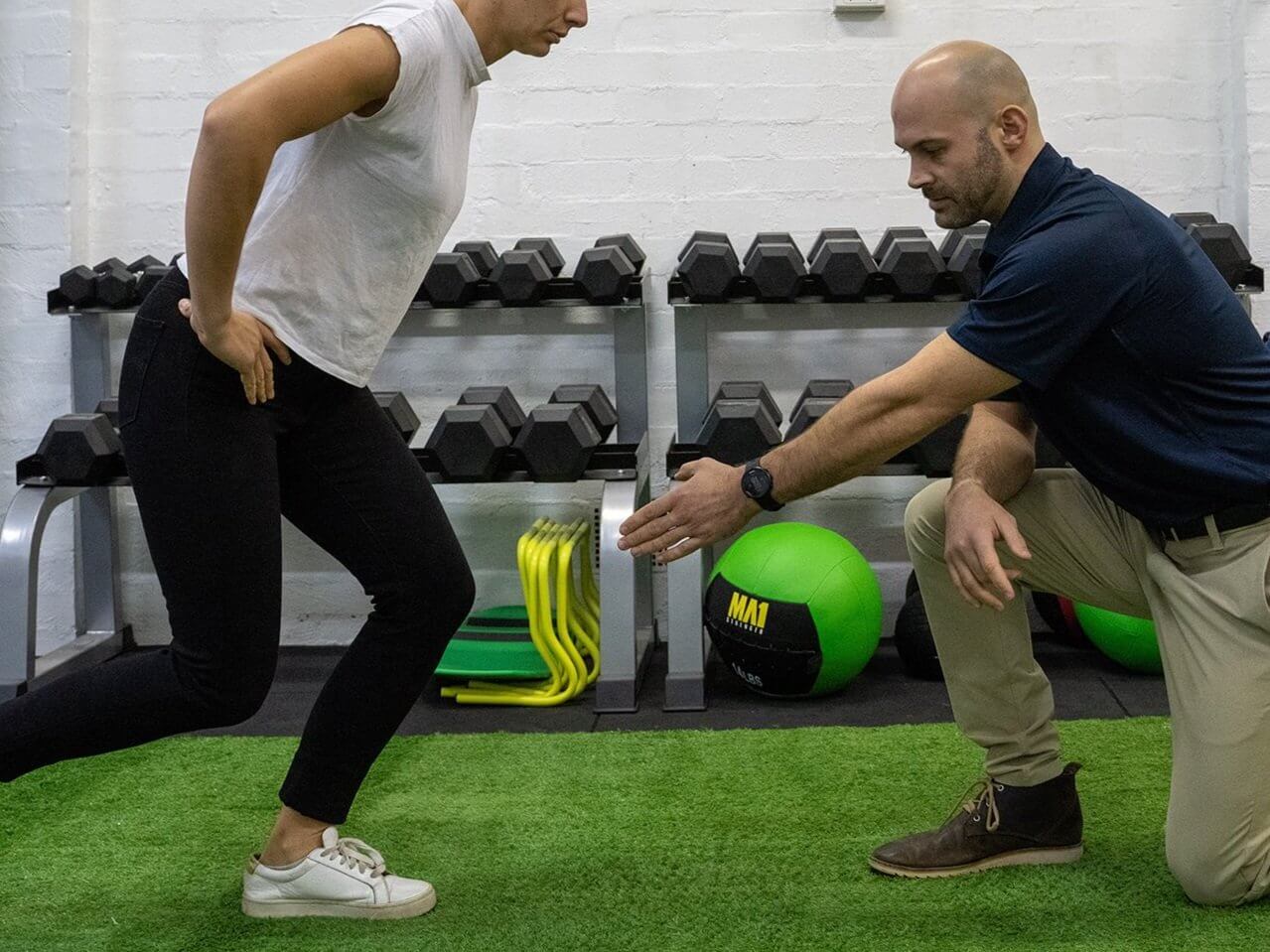Can strength training help prevent injury?
Working with a physiotherapist who understands your training goals can put you on the right track to recovery or help to prevent an injury.
For example, a meta-analysis of Nordic hamstring exercises (an exercise we use commonly at Evolution Physiotherapy) showed that incorporating this movement into their programming can reduce the incidence of hamstring injury in soccer players by 51% (2).
For runners, weight training can increase muscular endurance and power, which translates into better running economy. Using weight training to increase the connection between the brain and the muscles, may allow for more muscles to be recruited during each stride (1).
Recruiting the entire posterior chain (you can strengthen the posterior chain using exercise such as deadlifts and squats) during each stride will help you run stronger and avoid overloading knee and hamstring tendons (1).
Another example is in basketball, which involves rapid acceleration and deceleration while dribbling and jumping. In a typical game the hip, knee and ankle joints handle a great deal of torque, and resistance training can strengthen the tendons and muscles supporting the lower limb, which can prevent injury and also improve performance (3).
Building a scaffold of strong muscles helps offload strain on individual ligaments and supports the joints during fast movements with changes in direction (3).
Combining strength training and cardio
It has been known for a long time now that resistance training can improve overall athletic performance. Let’s use runners as an example, stiffness of the muscles and tendons in the legs can help runners recycle energy applied to the ground in each stride. Strength training can increase leg-spring stiffness, which is thought to be related to running economy — which can help you go faster with less energy (4).
Given that combining endurance and strength programs can improve performance and reduce injury (1). In a recent randomized trial among 30–40-year old runners found that a combined strength and endurance training program achieved significant improvements across eight measures in body composition, strength, and endurance parameters (4). The combined program achieved a better-running economy than the endurance-focused program.
Strength training has a solid evidence base in injury prevention, but it is clear that it plays a key role in recovery as well. Working with a physiotherapist who provides a strength training plan can make a difference in your performance, injury prevention and recovery.
At Evolution Physiotherapy and Performance, this is what our group classes, education and programming can do for you!
Book in with us if you need help, supervision or planning for your strength training and injury management needs.

